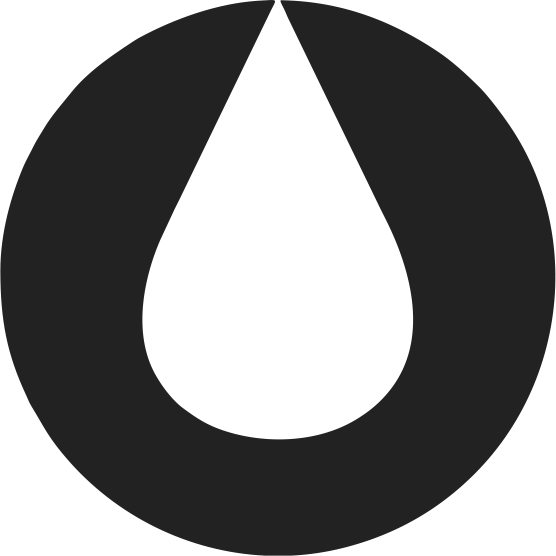Jul
Apart from removing dirt and microorganisms, washing fruits and vegetables before processing is also important due to exposure to pesticides
Why is it important to wash fruits well before machining?
Apart from removing dirt and microorganisms, washing fruits and vegetables before processing is also important due to exposure to pesticides, so the question is often asked, what is the best way to wash fruits and vegetables so that pesticides and other additives such as wax are removed?
How to properly wash fruit?
Most people wash fruits and vegetables under running water, just before eating them. The method of thorough washing with warm water removes most microorganisms and dust, but no pesticides, which is why they are more careful to resort to scientifically proven correct ways of washing fruits – salt water, vinegar, baking soda solution… Compared to them, washing fruits and vegetables under a stream of clean water (lasting 20 minutes, which is much more than most of us wash the food we eat) removes only 17 percent of pesticides.
Removal of coatings and waxes from fruits
As the fruit is sprayed and chemically treated after harvest, to control rot and prolong freshness, waxing, i.e. coating is a common practice, not only when processing citrus fruits (lemons, oranges, limes, etc.) before packaging, but also apples, pears, and other fruits, to replace the natural wax lost during the initial washing of fruits and vegetables. since they are harvested, it also prevents the loss of liquid but also improves the appearance by giving shine. When it comes to vegetables, cucumbers, peppers, blue eggplant, and tomatoes are most often waxed.
Paraffin wax or a combination of various other waxes is used for coatings, such as shellac, wood resin, candelilla wax, carnauba wax, beeswax, polyethylene, or petroleum wax. If the apples have a wax coating, it is necessary to soak them in warm water and then rinse with cold water. The disadvantage of this method is that there are often residues of dirt and pesticides under the wax layer, which together with the wax form a layer which – as in the case of citrus – makes the bark inedible.
Why are pesticides and wax harmful?
Although, on the one hand, the use of pesticides is a legally regulated measure of plant protection and common in agricultural production, so the rest of the pesticides that remain on fruits after washing is at a permissible and safe minimum, and on the other hand consuming treated foods showed that trace pesticides can be detected in urine as well as having a neurotoxic effect. One study found that consuming pesticide-treated foods in children can double the chance of developing ADHD because children are more susceptible to pesticide toxicity than adults, while for the same amount of fruits or vegetables eaten, they have more pesticides per kilogram of body weight than adults.
The machine that provides adequate cleaning of fruits from all types of impurities is called a fruit bubble washer machine. Thanks to the high-pressure turbine (10 kPa), using this machine, fruits and vegetables are prepared for further use, without the risk that the presence of microorganisms, dirt, pesticides, or traces of wax used to coat fruits will impair the quality of your final product.
